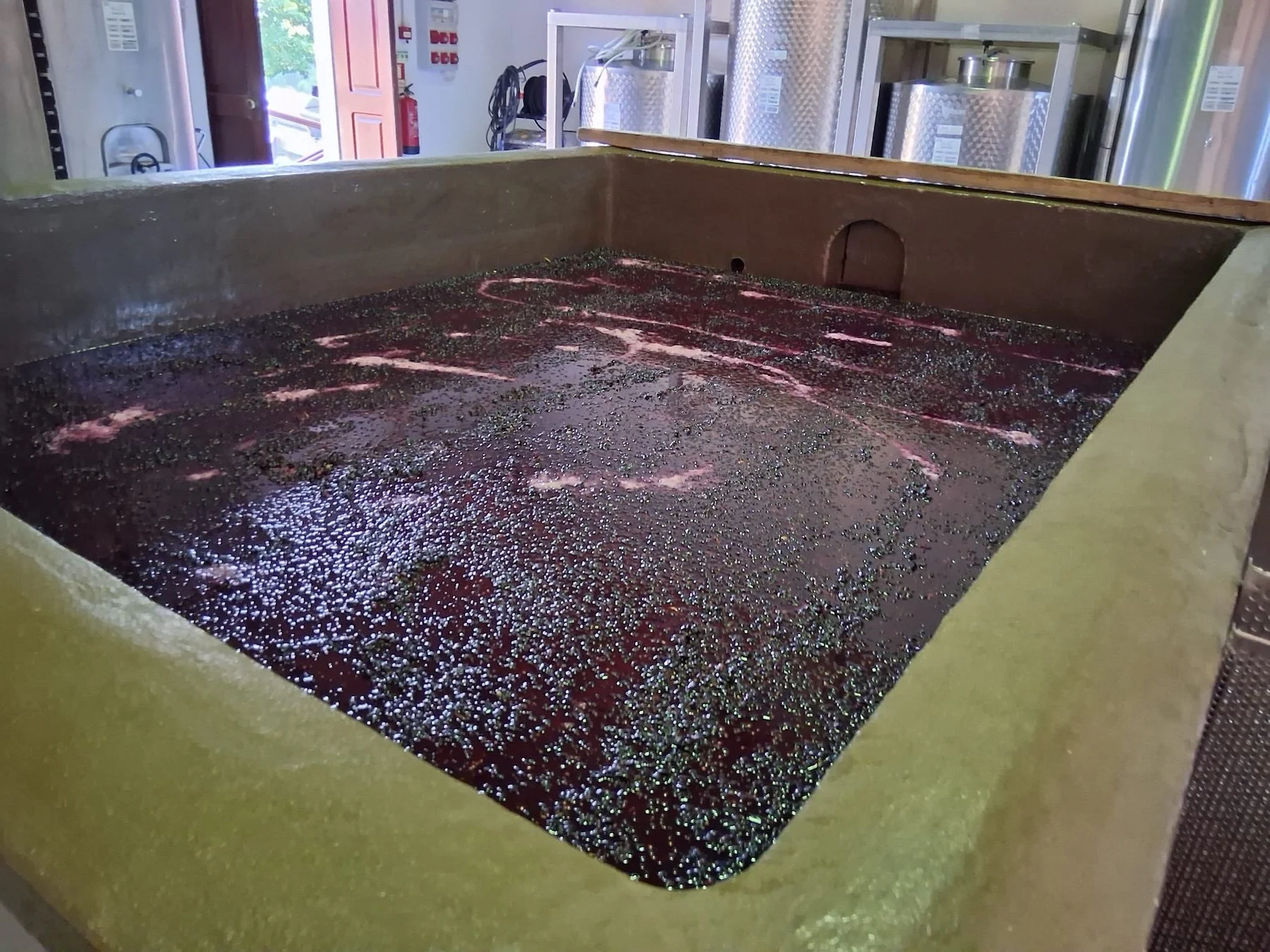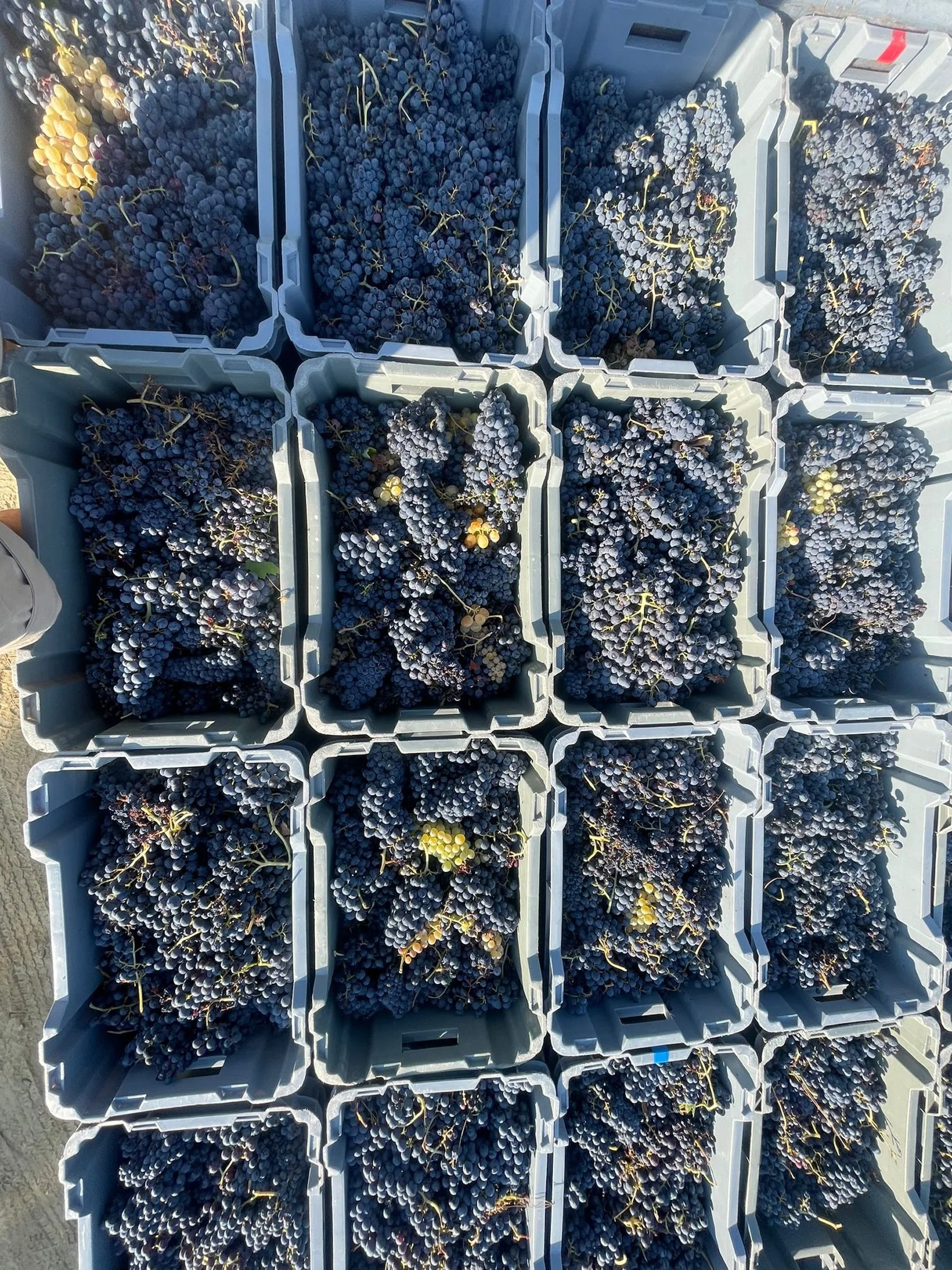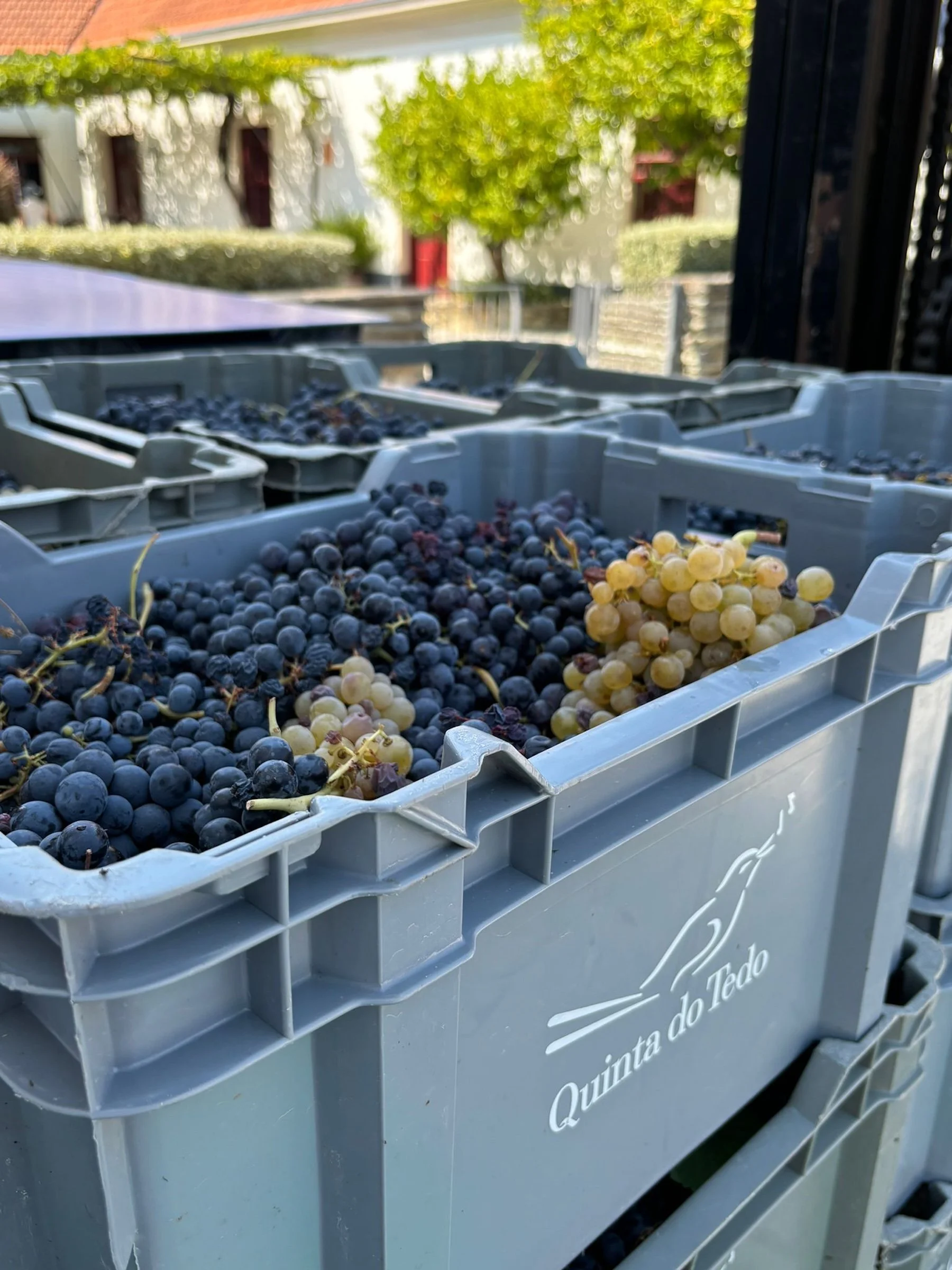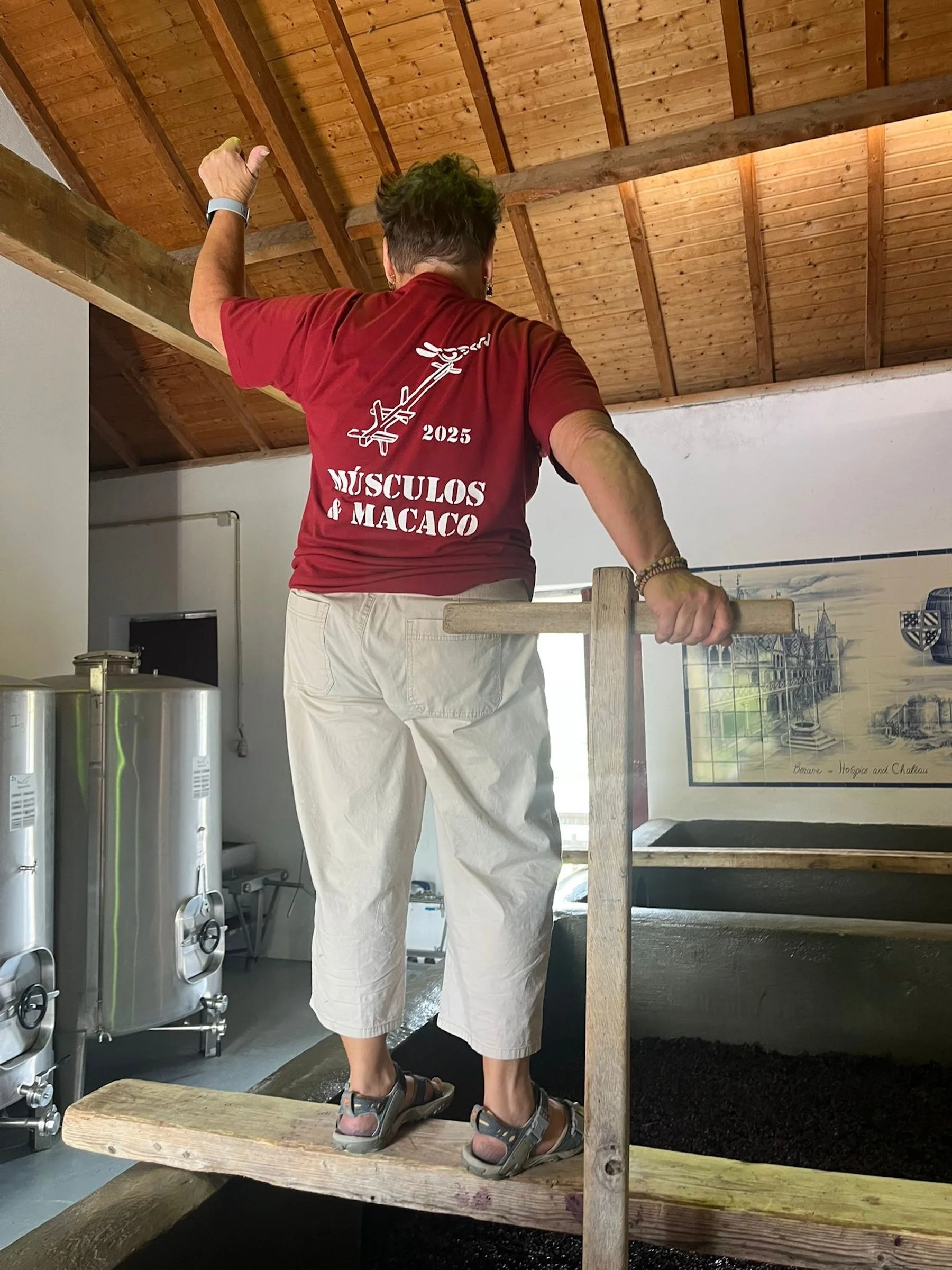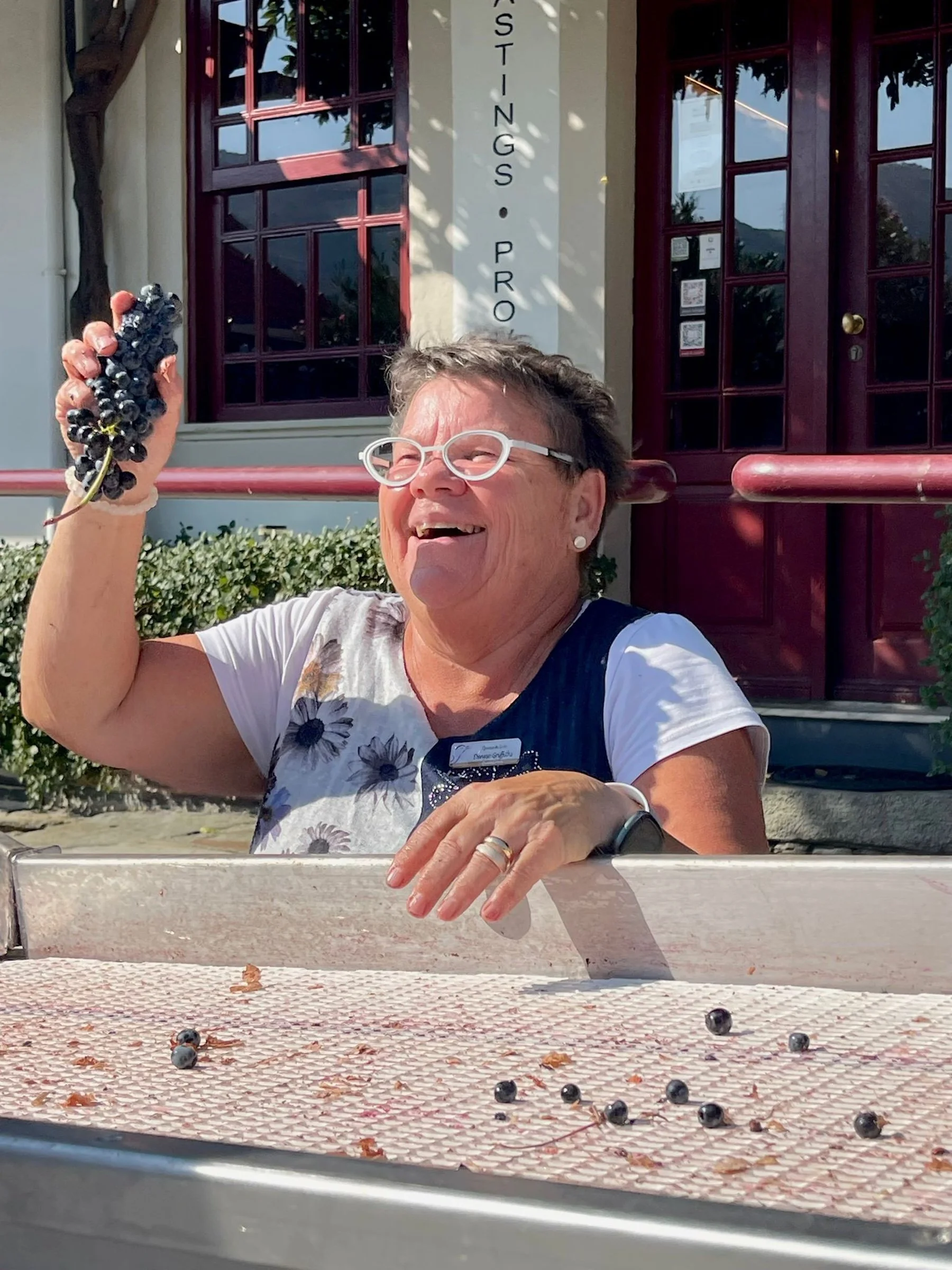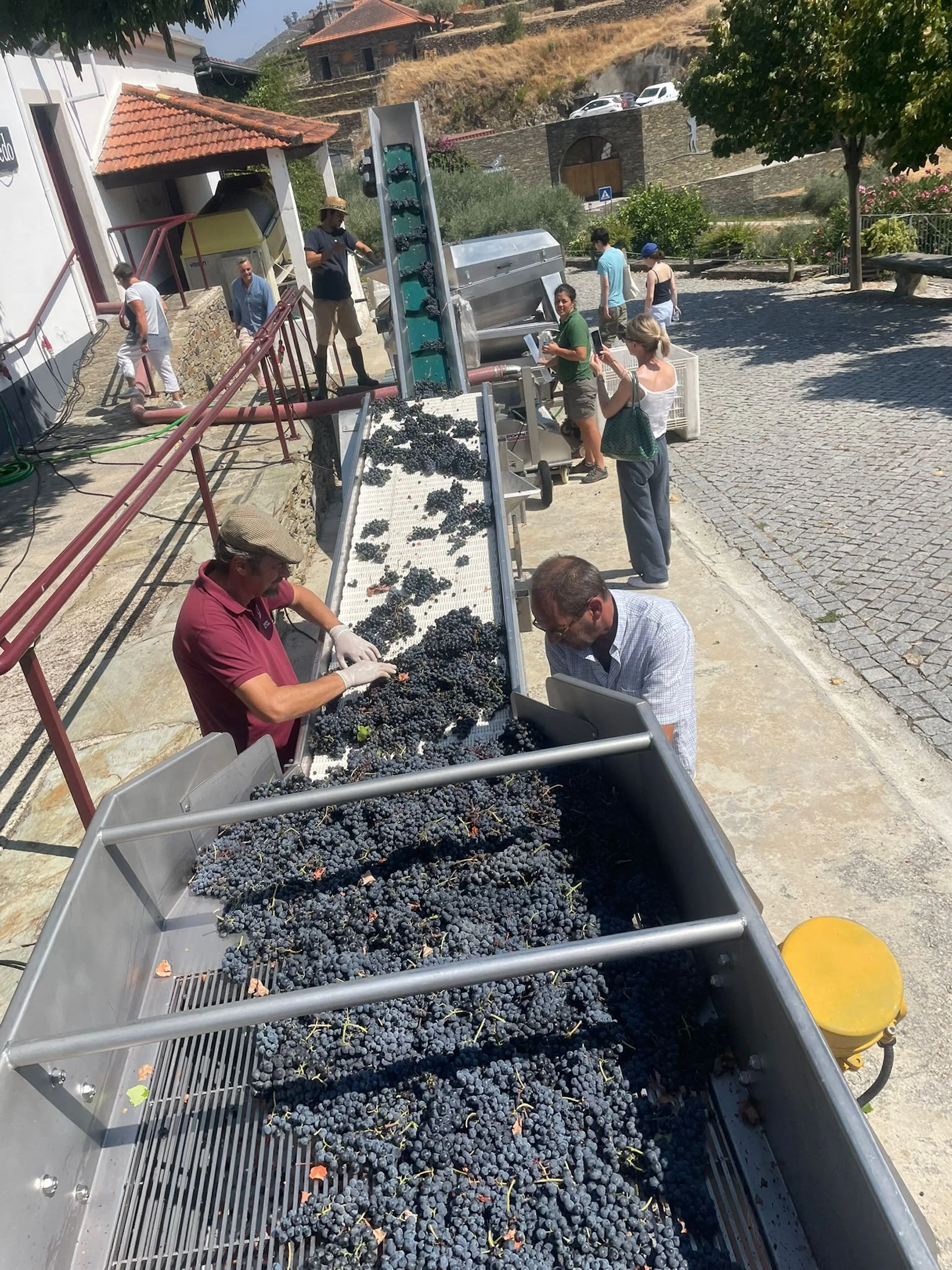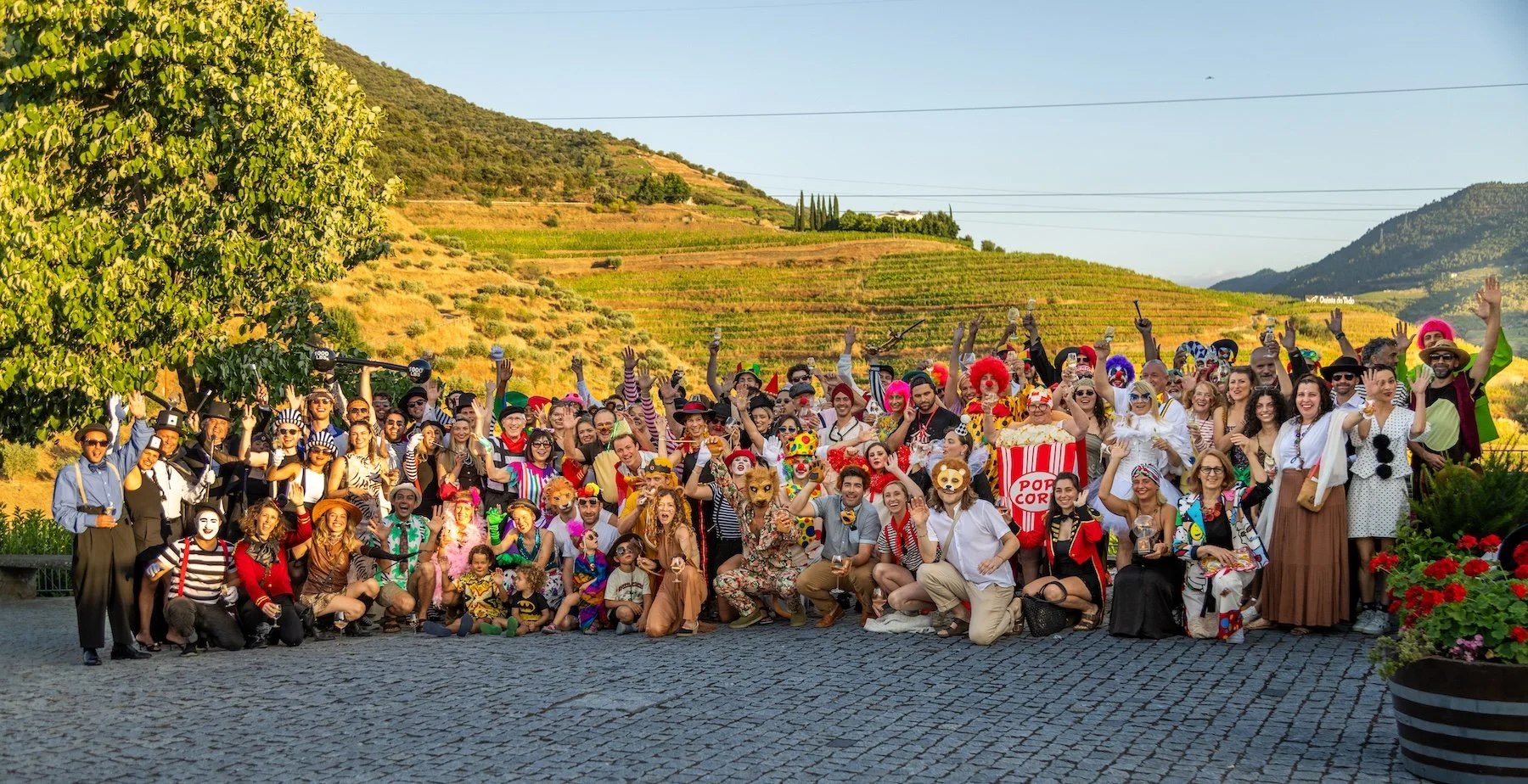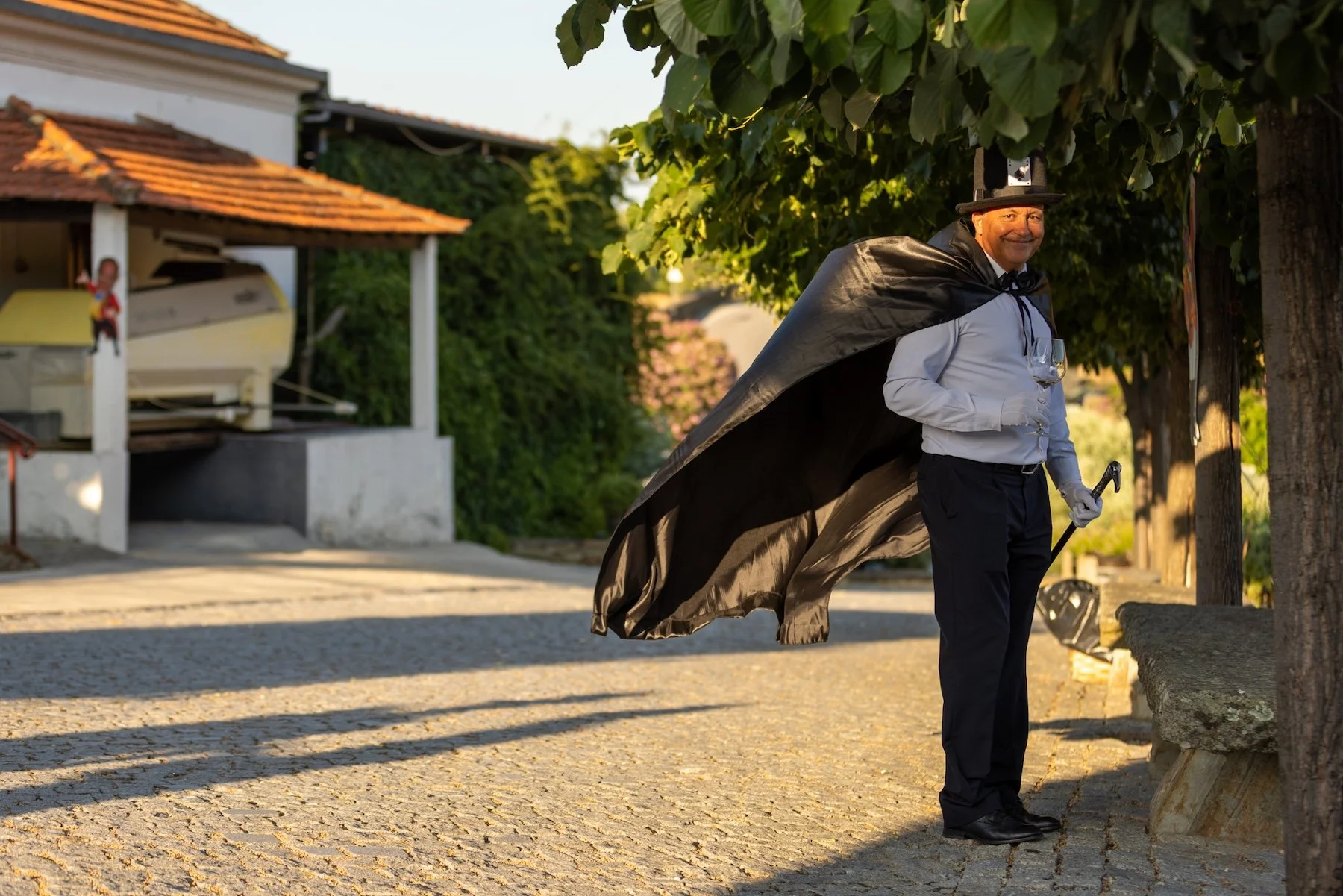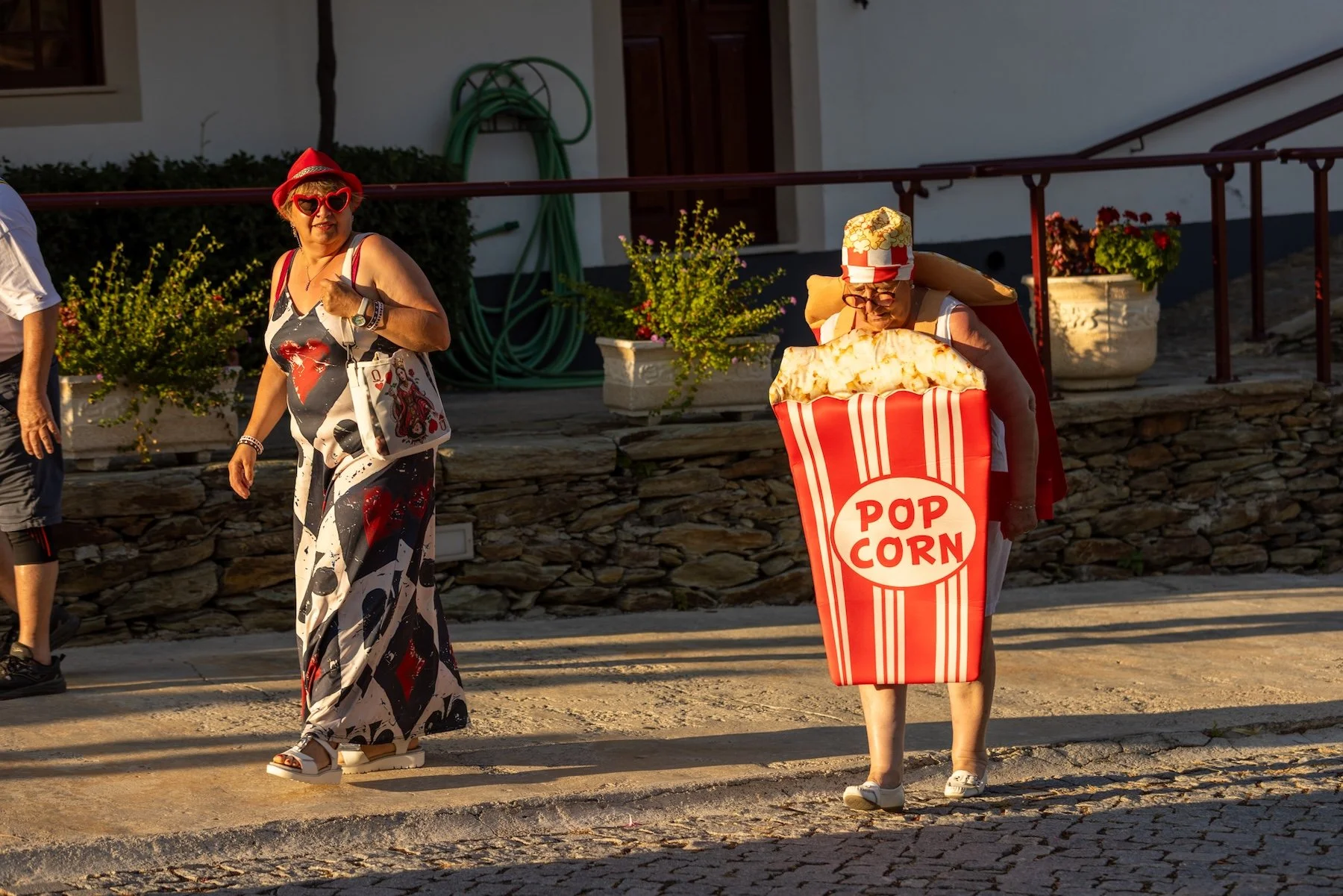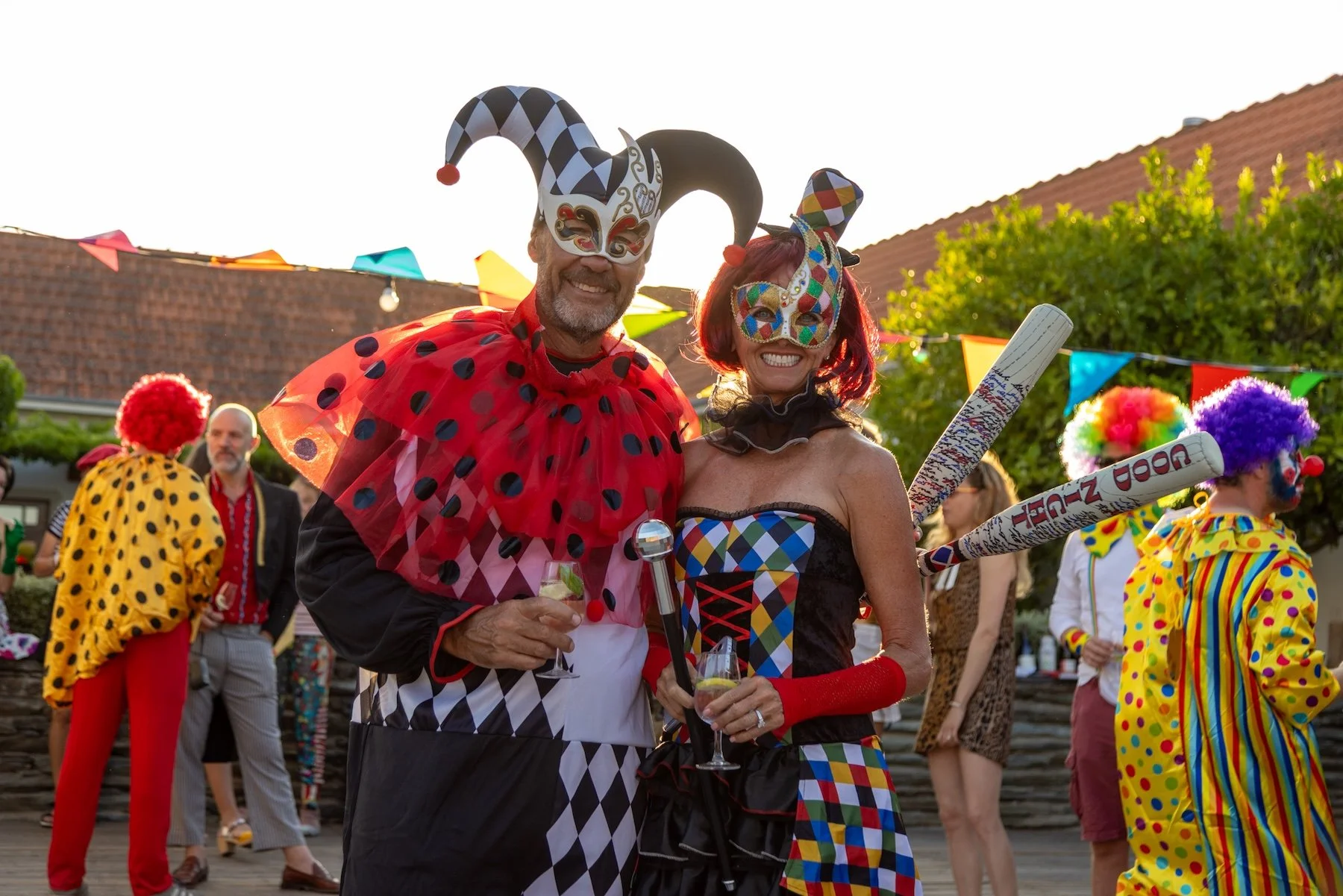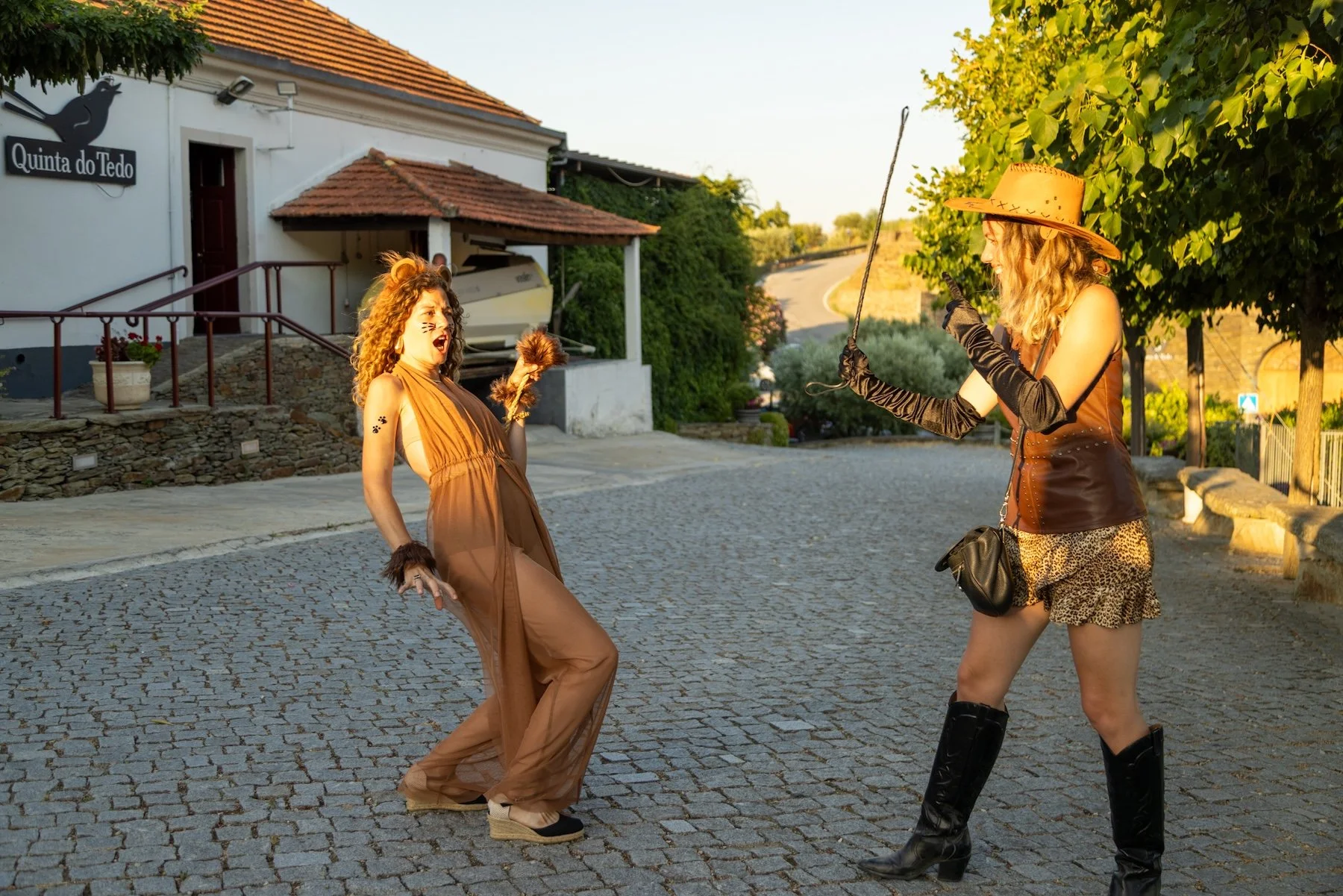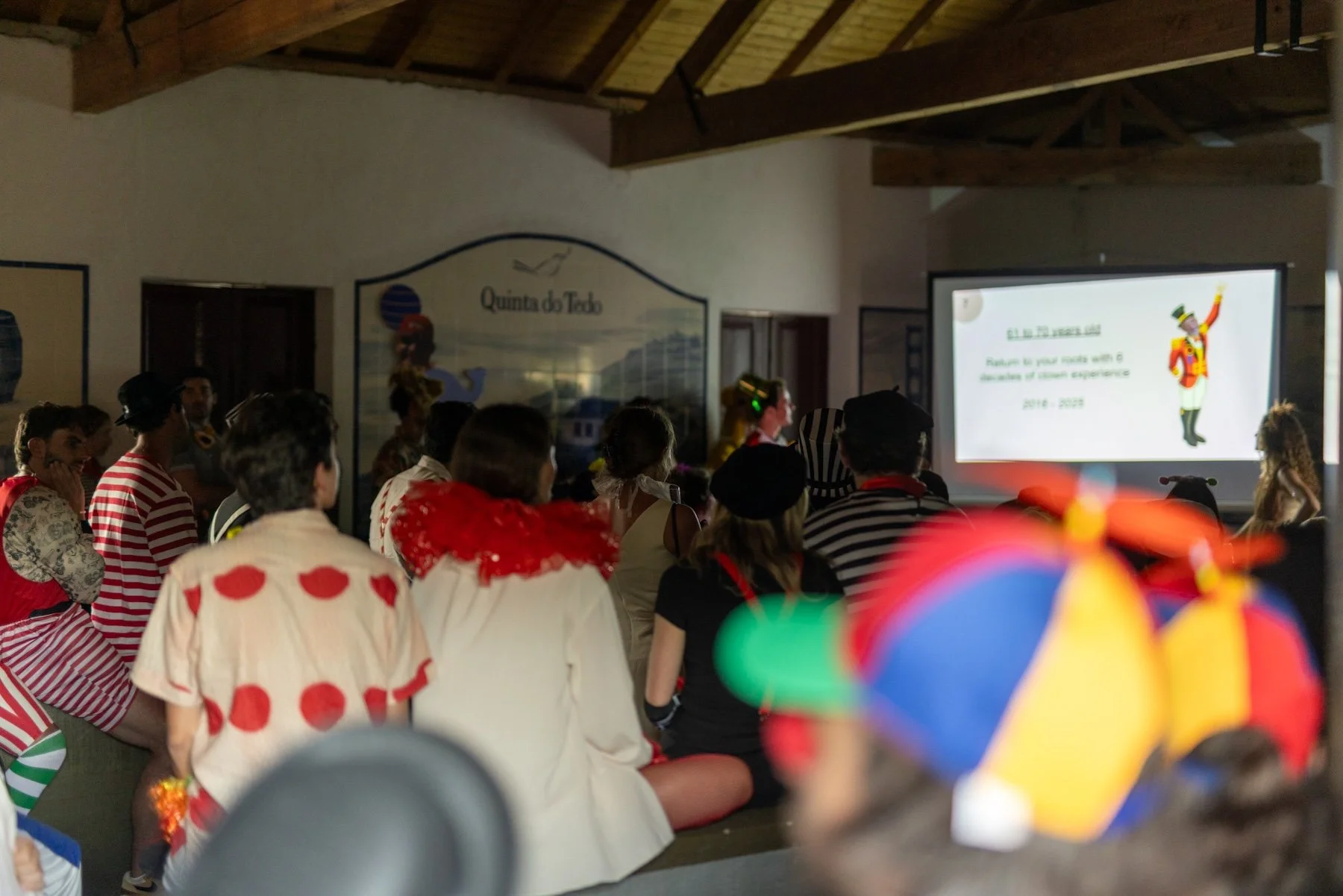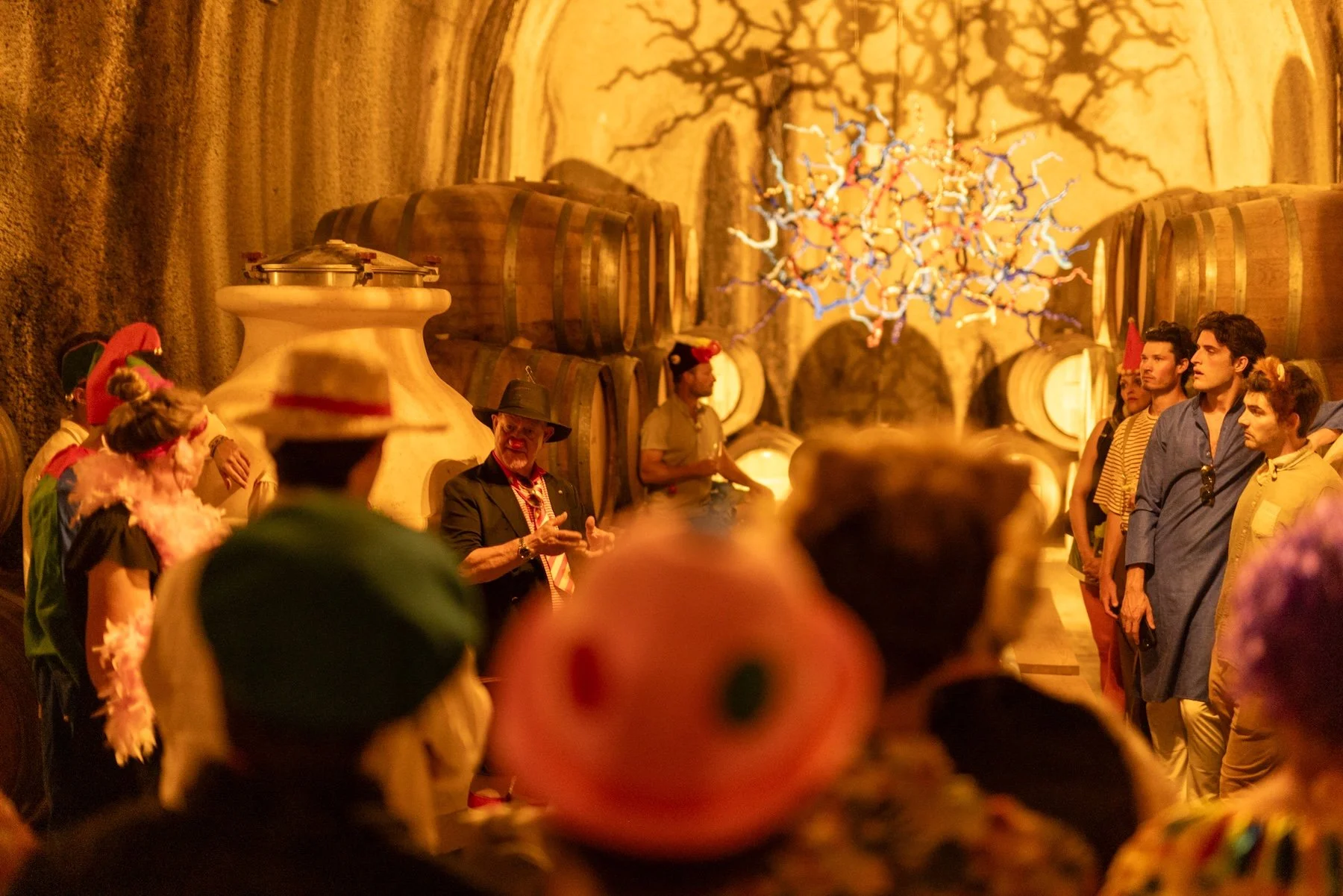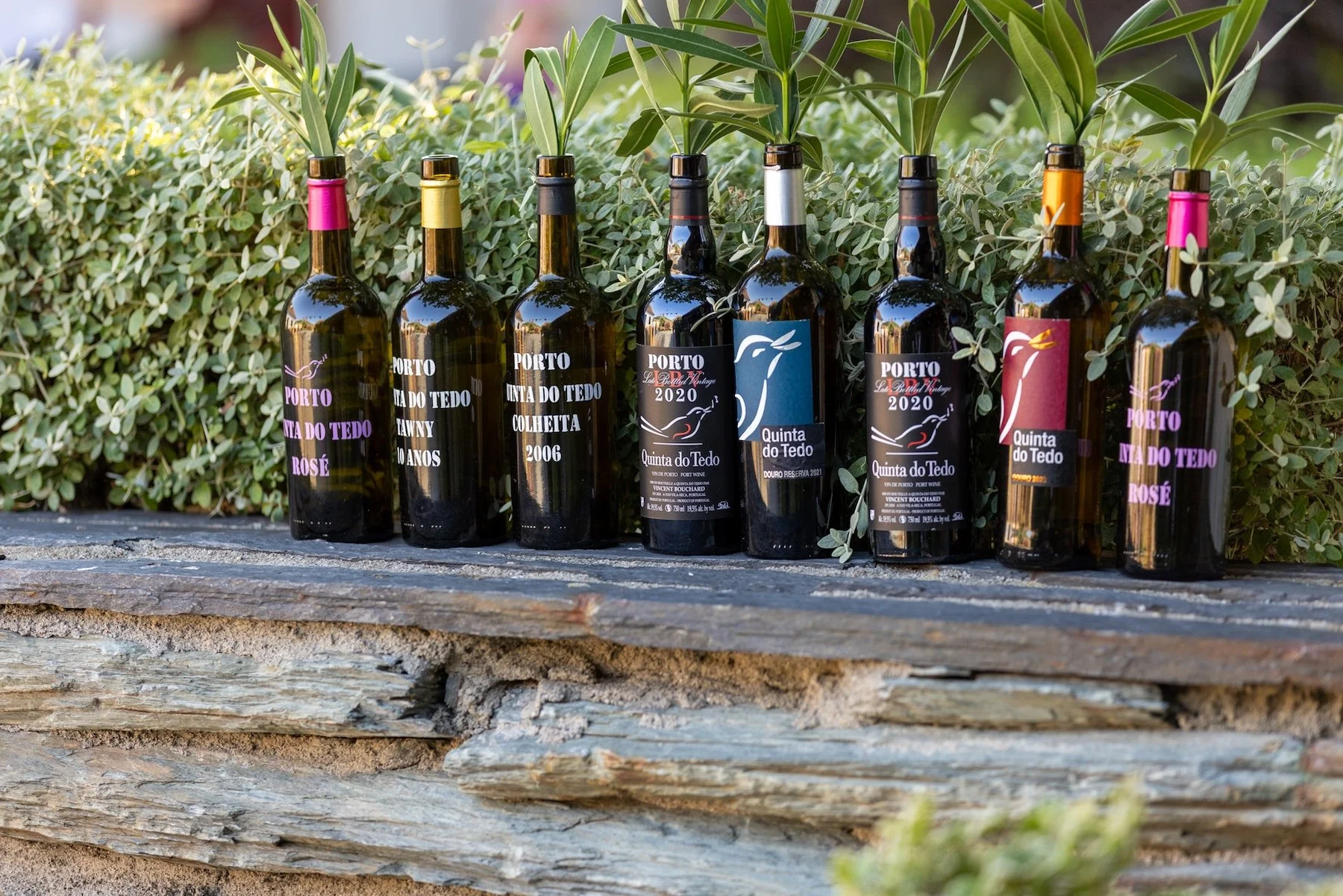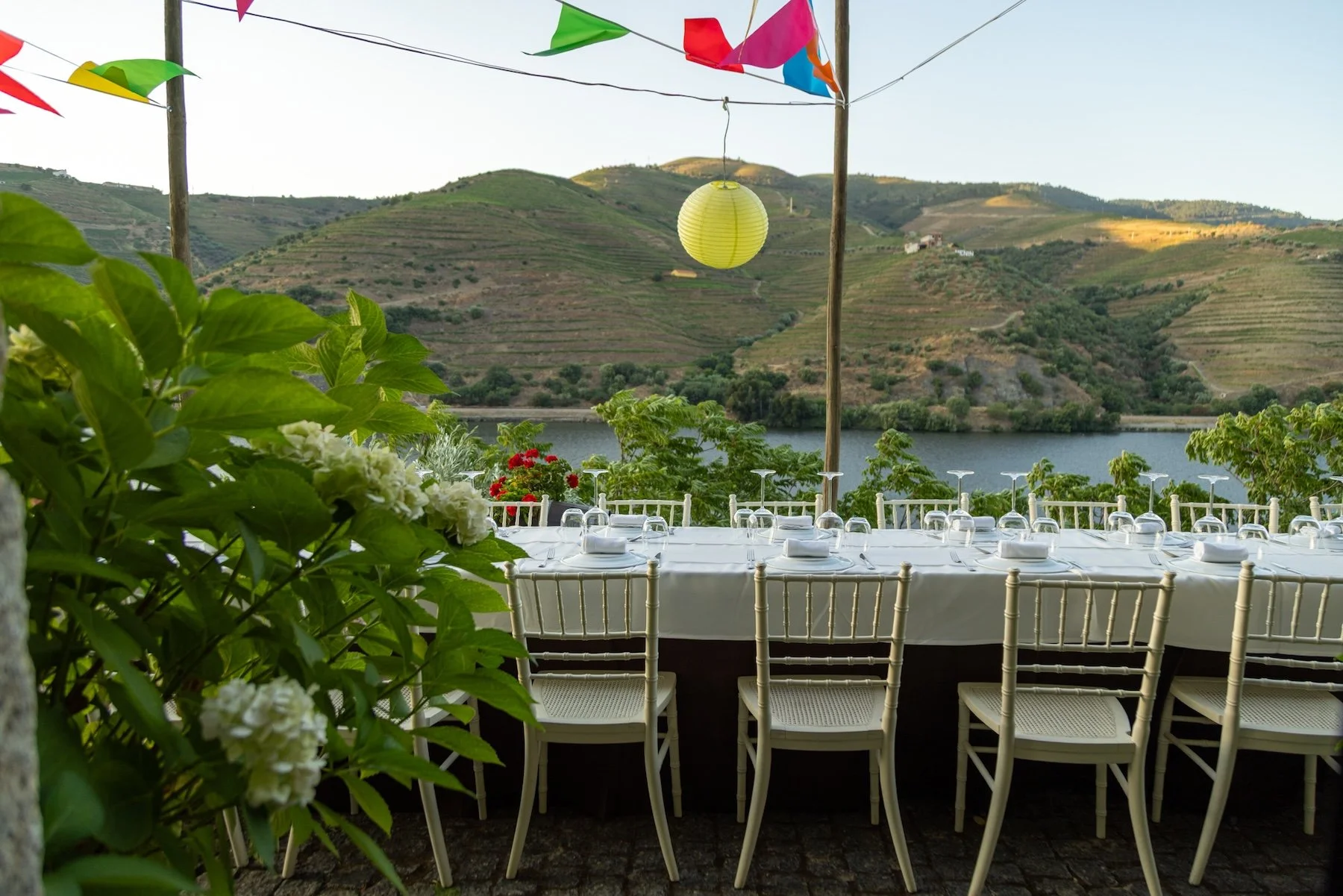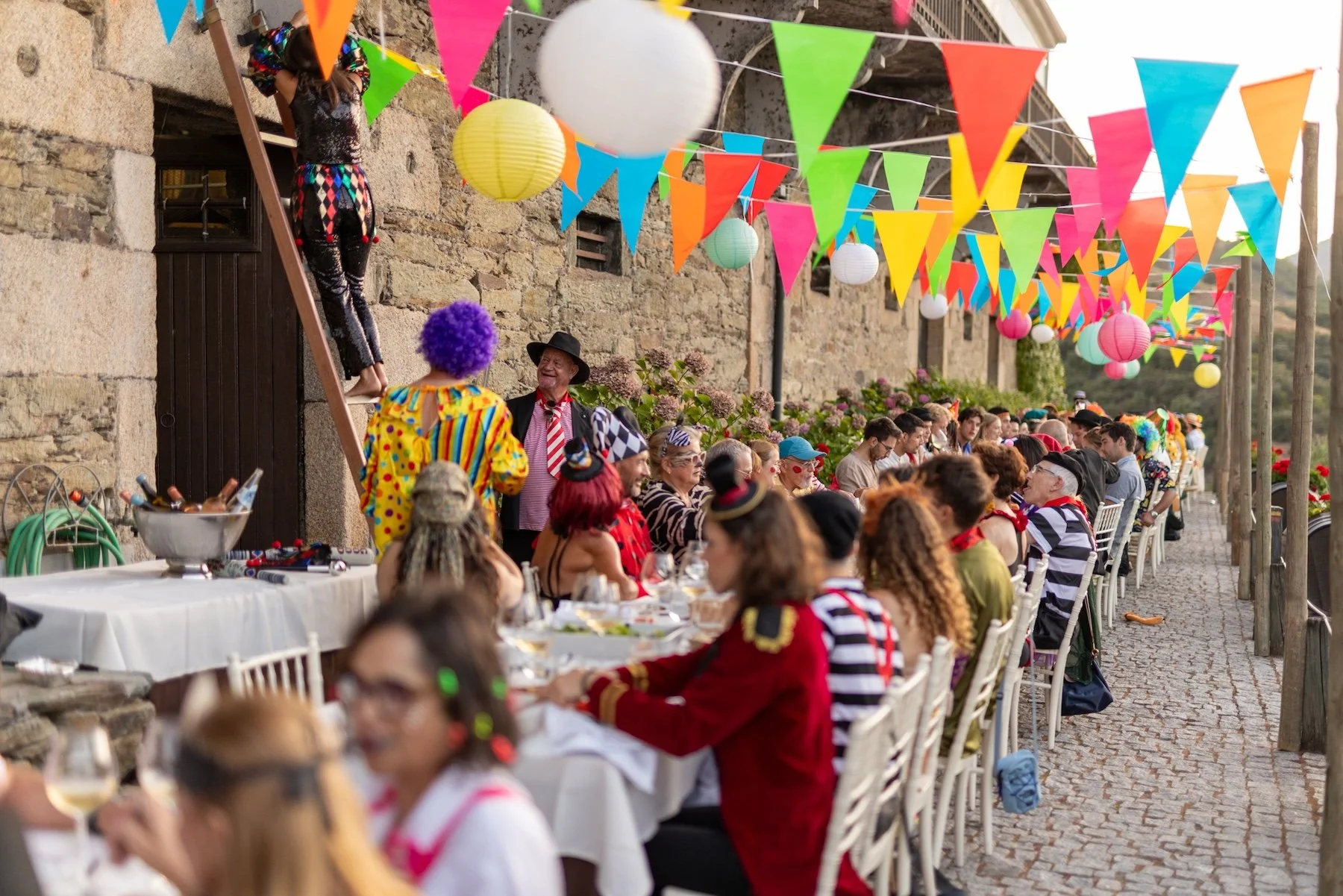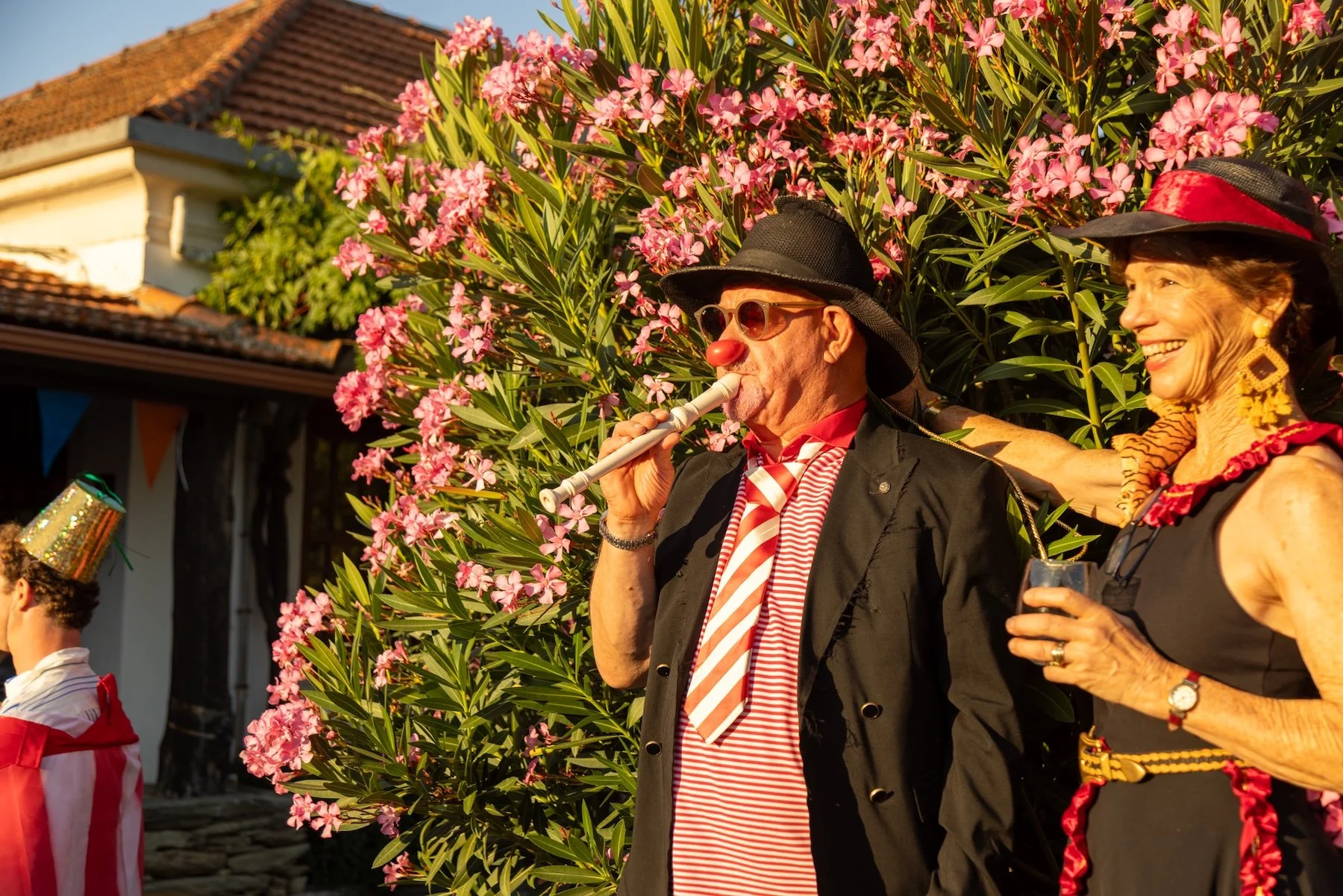À l'approche d'une récolte 2025 prometteuse, j'ai discuté avec Angelo Ribeiro, Responsable Viticole de Quinta do Tedo, de la période de croissance de cette année, qu'il a resumé comme « difficile » .
J'ai déjà mentionné dans des articles précédents qu'il existe un proverbe décrivant le climat extrême du Douro : « 3 mois d'hiver et 9 mois d'enfer ». Cependant, ces dernières années, la saison des pluies a changé, commençant plus tard et avec des températures plus chaudes.
Historiquement, la saison des pluies se situe entre décembre et février, et commence parfois dès novembre, avec des températures plus froides. Cette année, la plupart des 50 cm de précipitations annuelles sont tombés entre mars et mai. En conséquence, en raison d'une saison des pluies plus tardive et plus chaude (c'est-à-dire plus humide), il a fallu recourir à davantage de traitements biologiques dans les vignobles pour lutter contre le mildiou et l'oïdium.
La saison des pluies tardive et les températures supérieures à 35 °C pendant la majeure partie des mois de juillet et août (heureusement, le week-end du 70e anniversaire de Vincent a apporté des températures plus fraîches) ont donné lieu à une saison de croissance longue et chaude, sans pluie depuis la fin mai. La chaleur a baissé la derniere semaine de aout, au moment où j'écris ces lignes ; nous prévoyons deux semaines de températures comprises entre 25 et 30 °C, ce qui devrait permettre une maturation agréable et lente jusqu'aux vendanges.
Nous ne pouvons pas contrôler le climat, mais nous pouvons nous y adapter dans nos 14 hectares de vignobles classés A (comparables à un Grand Cru en Bourgogne) à Quinta do Tedo, situés dans la Cima Corgo du Douro. L'une des solutions est la taille.
Nous avons traditionnellement utilisé le système de taille en cordon, mais nous nous orientons vers le système de taille en guyot. Quelle est la différence ? Le système en cordon crée un « bras » horizontal permanent à partir duquel poussent chaque année des rameaux fructifères, tandis que le système en guyot crée des cannes de renouvellement annuel, qui produisent chaque année du bois neuf.
Le système en cordon est plus sensible aux maladies, ce qui réduit la durée de vie de la vigne, en raison de l'accumulation de bois permanent (le bras horizontal) et des lésions de taille qui favorisent la propagation des maladies et perturbent la circulation de la sève dans la vigne.
Le système guyot présente un tronc moins haut et moins de bois permanent. Lors des traitements printaniers du vignoble, le produit pénètre mieux dans la vigne, ce qui réduit la quantité de produit nécessaire. Le système guyot augmente également le feuillage, ce qui permet une meilleure protection contre le soleil et réduit la distance que l'eau et les nutriments doivent parcourir entre les racines qui hydratent la vigne et les feuilles qui la nourrissent.
Les vignobles dans lesquels nous mettons en œuvre le système de taille en guyot, notamment nos plantations de Bastardo et de Touriga Franca de 2022, réagissent bien. L'inconvénient est qu'il faut du temps pour former notre équipe viticole au système en guyot, car ils taillent en cordon depuis plus de 30 ans. Cependant, cet inconvénient est « gérable », étant donné que nous avons Angelo pour les diriger et les soutenir.
Nous avons la chance que la grande variété de cépages résistants à la sécheresse et à la chaleur du Douro prospère ici (plus de 130 cépages, pour la plupart indigènes, poussent dans le Douro depuis des siècles ; nous en cultivons 24 à Quinta do Tedo, et chacun d'entre eux confère une complexité inégalée à nos Portos et vins Douro DOC). Cependant, lorsque les températures dépassent 35 °C, les stomates des feuilles de la vigne se ferment pour préserver l'hydratation, ce qui empêche la photosynthèse et donc la maturation. C'est la façon dont la flore se protège de la chaleur et de la sécheresse extrêmes, pour reprendre son activité lorsque les températures redescendent en dessous de 35 °C.
Les vendanges 2025 de Quinta do Tedo ont débuté à la mi-août avec notre parcelle de Bastardo âgée de 3 ans (et qui mûrit rapidement). C'est la deuxième année qu'Odile et Paolo vinifient notre Bastardo (Trousseau du Jura) en un vin rouge léger et innovant, afin de complémenter nos vins Douro DOC plus structurés et traditionnels ; les premiers résultats sont positifs. Notre Équipe Tedo est avant-gardiste !
Nous avons récolté notre parcelle de vieilles vignes de Seita, qui poussent à 250 m d'altitude, le point le plus haut de Quinta do Tedo, le lundi 25 août pour la production de Porto - notre premier lagar a été rempli ! Normalement, les vieilles vignes mûrissent plus tard, mais grâce à son altitude plus élevée, la maturation de Seita n'a pas été aussi affectée par les températures supérieures à 35 °C et a donc été une des premières à mûrir cette année. Comme la plupart des années et pour la plupart des vieilles vignes, la qualité est très prometteuse.
Dans le Douro, il est rare que nous ayons une année désastreuse (c'est-à-dire qu'il pleuve pendant les vendanges ou que les raisins n'arrivent jamais à pleine maturité avant la baisse des températures en automne), mais on ne sait jamais ce que l'année suivante nous réserve. Nous restons proactifs et déterminés à produire des Portos et vins Douro DOC de première qualité dans un climat en constante évolution.
Près du Douro, à Vila Real, se trouve l'UTAD. Cette université publique et institut de recherche pour l'industrie viticole est partenaire de l'ADVID, une entité qui mène des recherches et conseille les viticulteurs locaux en matière de conservation des sols, de techniques viticoles adaptées à notre climat changeant et de gestion de la biodiversité des vignobles afin de promouvoir une viticulture durable dans le Douro. Quinta do Tedo et d'autres domaines du Douro ont la chance de disposer de ces ressources à proximité pour nous soutenir.
Quelques autres « cartes postales » de debut des vendanges 2025 :
Tout le monde aide pour préparer les vendanges. Ici, Vincent s'assure que nos fûts de fermentation sont étanches avant de les remplir de raisins pour la macération et la fermentation.
Jamais je ne me fatiguerai de la beauté des raisins matures et saines ; ceux-ci proviennent de notre parcelle Seita et sont un assemblage de cépages (rouges et blancs, comme le veut la tradition dans les vieilles vignes du Douro).
Notre t-shirt des vendanges de cette année ; Musculos & Macaco fait référence aux muscles et à l'appareil en bois que nous utilisons pour enfoncer le "chapeau" en fermentation. Vamos lá ! Allons-y !
Comme toujours, les vendanges vous attendent à Quinta do Tedo, où vous pourrez découvrir de près notre petite production en action, du raisin à la bouteille, pendant cette période de l'année particulièrement passionnante.
Êtes-vous intéressé par une expérience des vendanges plus formelle, pleine de joie, d'apprentissage, et de saveur en compagnie des propriétaires de Quinta do Tedo ? Rejoignez-nous le 6 septembre pour notre Expérience de Vendanges, avec cueillette et foulage du raisin avec Kay Bouchard, ou le 27 septembre pour notre Expérience d'Oenologue Pour Un Jour, avec assemblage de Portos Tawny dans notre cave à barriques souterraine avec Vincent Bouchard. Veuillez envoyer un e-mail à info@quintadotedo.com pour plus de détails et/ou pour vous inscrire.
Boas vindimas à tous !
~ Kay Bouchard






